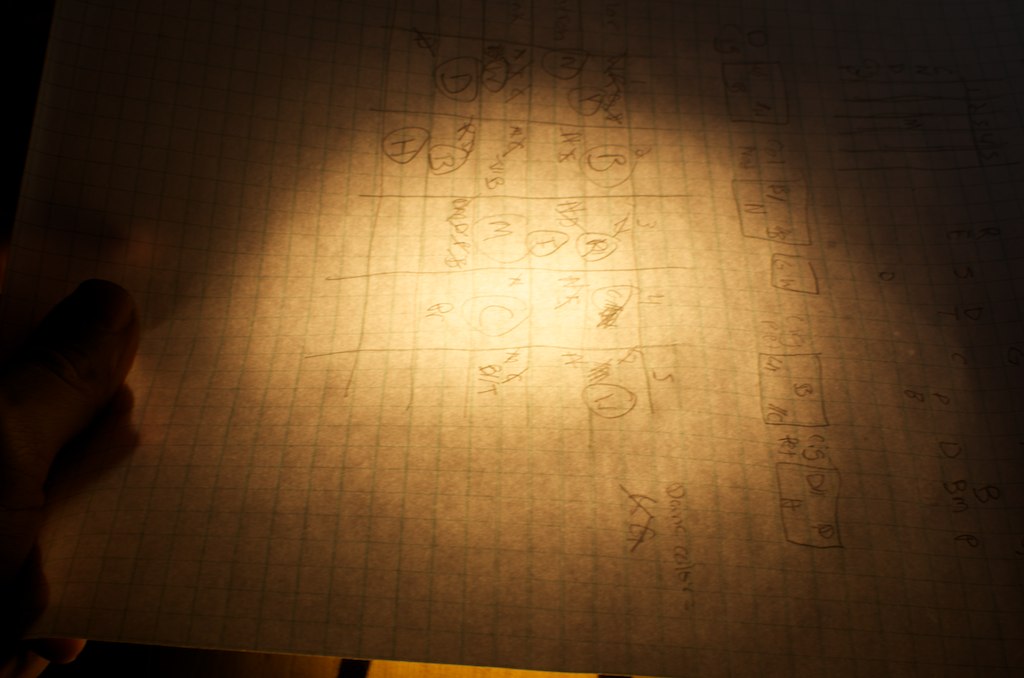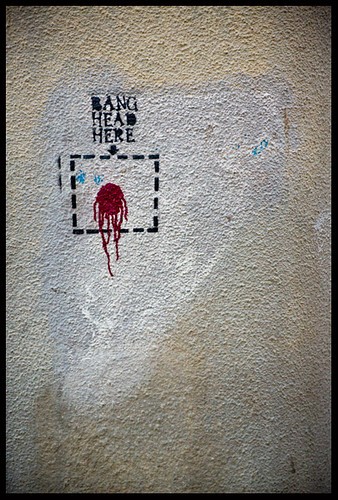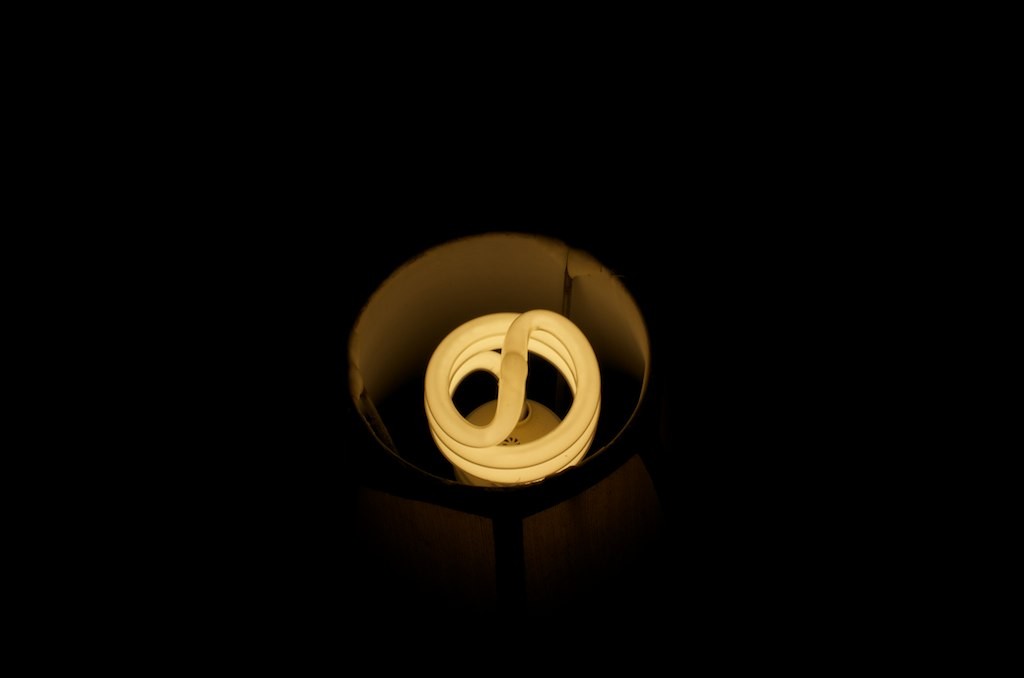fjrabon
Been spending a lot of time on here!
- Joined
- Nov 3, 2011
- Messages
- 3,644
- Reaction score
- 757
- Location
- Atlanta, GA, USA
- Can others edit my Photos
- Photos OK to edit
Take a piece of paper and put lit candle 10cm away from it, you see a bright blob on the paper. Move the candle to 20cm away from the paper and you see not only four times smaller blob, but is also four times less bright. Correct?
Actually, incorrect.
haha, actually in his example the blob gets bigger, not smaller. Like hes seriously never flashed a flashlight at a sheet?

















